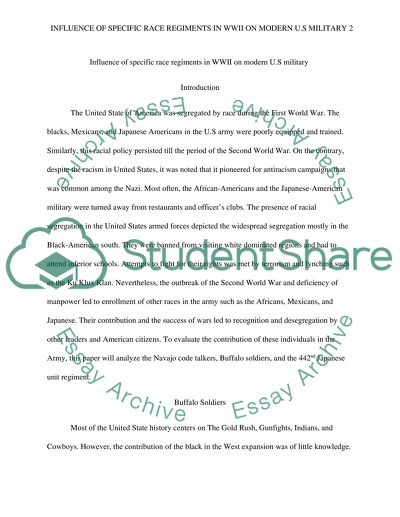Cite this document
(“How Race Specific Regiments in WWII Influenced Modern Day U.S Research Paper”, n.d.)
How Race Specific Regiments in WWII Influenced Modern Day U.S Research Paper. Retrieved from https://studentshare.org/history/1438165-how-race-specific-regiments-in-wwii-influenced
How Race Specific Regiments in WWII Influenced Modern Day U.S Research Paper. Retrieved from https://studentshare.org/history/1438165-how-race-specific-regiments-in-wwii-influenced
(How Race Specific Regiments in WWII Influenced Modern Day U.S Research Paper)
How Race Specific Regiments in WWII Influenced Modern Day U.S Research Paper. https://studentshare.org/history/1438165-how-race-specific-regiments-in-wwii-influenced.
How Race Specific Regiments in WWII Influenced Modern Day U.S Research Paper. https://studentshare.org/history/1438165-how-race-specific-regiments-in-wwii-influenced.
“How Race Specific Regiments in WWII Influenced Modern Day U.S Research Paper”, n.d. https://studentshare.org/history/1438165-how-race-specific-regiments-in-wwii-influenced.


